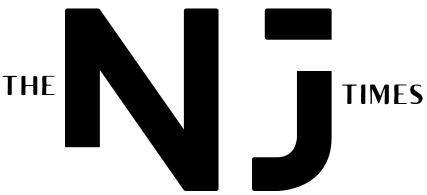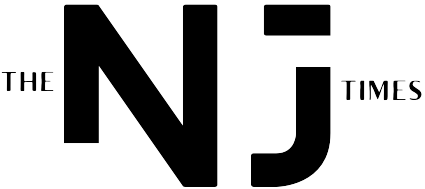The Truth Behind Retractions in Cardiology and Anesthesia Journals
Retractions in scholarly journals are not uncommon, but they can have significant implications for both authors and the scientific community. Recent data has shed light on the rates of retractions in specific fields, with cardiology ranking high on the list. Let’s dive into the details behind these retractions and what it means for the field of cardiology and beyond.
Understanding Retractions in Cardiology and Anesthesia
The most common type of retraction is self-retraction, where authors request the removal of their own work from a journal. In cardiology, which has seen a reported increase in retractions over the last decade, this process can take time, with newer articles being retracted quicker than older ones.
Interestingly, anesthesia journals rank lower in terms of retraction rates, but the reasons behind these retractions are just as impactful. Discussions around diversity, equity, and inclusion in research have influenced editorial decisions regarding retracted articles, highlighting the importance of ethical standards in scholarly publishing.
The Impact of Retractions on the Scientific Community
Retractions are mainly issued for outright errors, fraud, or ethical misconduct. While guidelines exist to help editors navigate the retraction process, distinguishing between honest mistakes and intentional misconduct can be challenging.
Recent controversy surrounding retracted papers has sparked important conversations about the reliability of research findings and the role of journals in upholding ethical standards. Understanding the reasons behind retractions can help improve the integrity of scientific publications and prevent future controversies.
Conclusion
As the scientific community continues to navigate the complexities of retractions in scholarly publishing, it is crucial to uphold transparency, accountability, and ethical standards. By uncovering the truth behind retracted articles in fields like cardiology and anesthesia, we can work towards a more reliable and trustworthy research landscape.






